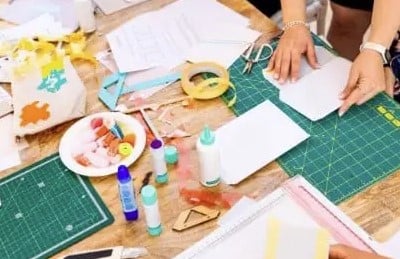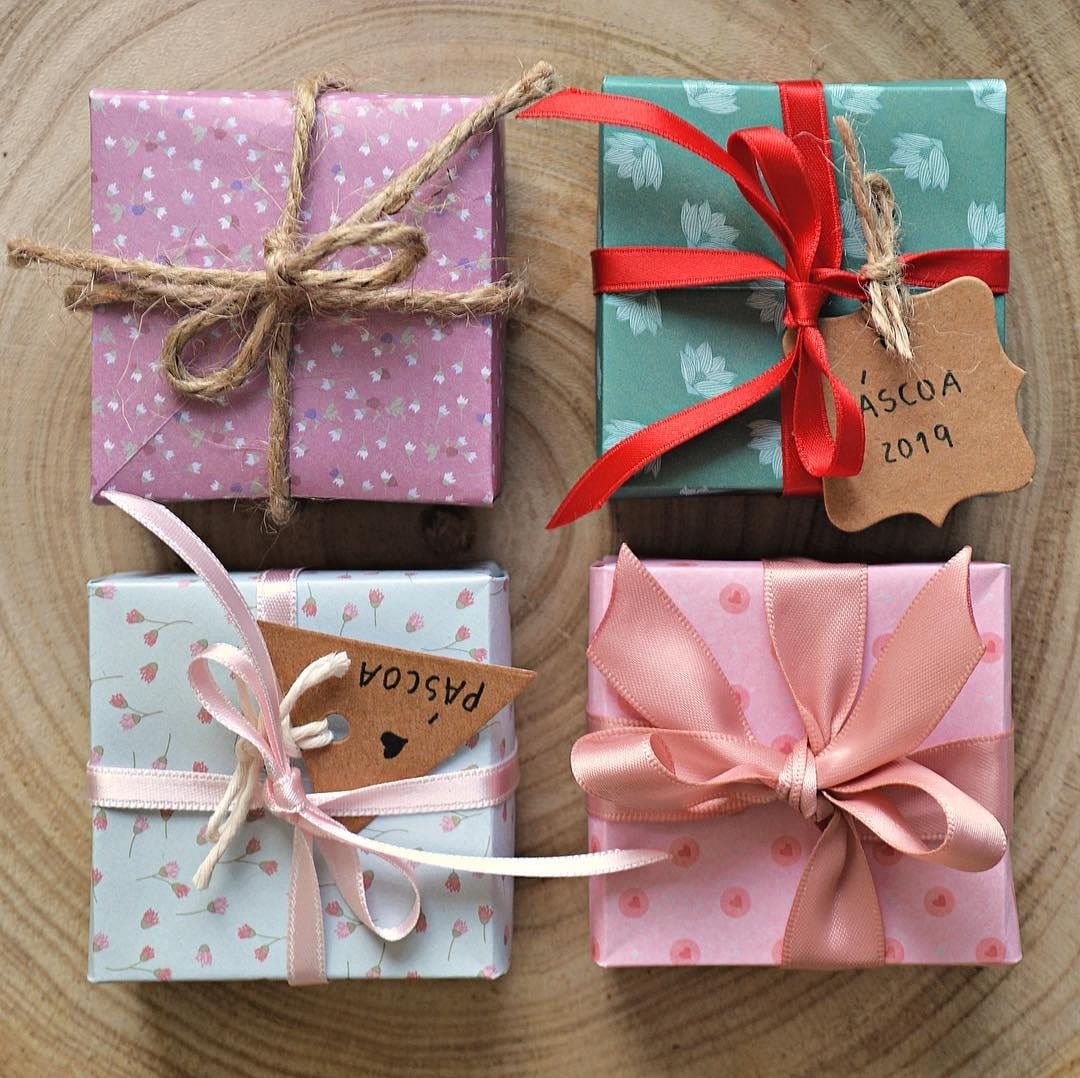Coronavirus pandemic is taking its toll on everybody right now. More and more precautionary measures are being taken to save masses from the infection. Such preventive measures include effective lockdown and personal protective equipment such as face masks and sanitizers. Wearing a face mask is compulsory in some areas, and even some stores can restrict you from entering their store if you’re not wearing your mask. A face mask is scientifically proven to prevent infection from spreading.
Why do we need a facemask extender?
Some of us have long and tiring jobs, and more places are now requiring their employees to wear a mask. Eventually, one will have to wear a mask most of the time during the working hours, and it can leave you with some pretty bad bruise marks on the back of your ears due to tension caused by the elastic band. It is a painful experience, and almost all medical workers are suffering from it daily these days.

A facemask extender can be a lot helpful in this situation. It helps reduce tension on your ears so you can wear your mask for more extended periods without any discomfort.
How to make your facemask extender?
Crochet Extender:
This extender is washable and is really comfortable on the back of the head.
Things you’ll require:
- Colored Yarn
- Some buttons
- Basic crochet skills
- Thread and a sewing needle
- A pair of scissors
- Yarn needles
- A ruler
- A crochet hook
These items can be purchased in our Supplies shop.

Steps:
- Take your preferred yarn, but make sure it has a bit of elasticity. It ensures comfort upon wearing.
- Using your crochet hook make a starting chain of 21 chains (or your desired length).

3. Then make double crochet on the second chain from the top using the hook.

4. After making double crochet on the second chain, continue making double crochets till the 18th chain.

5. Stitch the last chain to your desired type. I’ve made mine a bit round by making two half double crochets then double crochet, triple crochet, double crochet, and a half double crochet. However, as a beginner, I won’t recommend you do this. If you’ve been making crochets for some time then it’ll be a piece of cake for you.

6. Now start making half double crochets for the next 18 chains.

7. After reaching the 18th chain, stitch this end to your desired type. You can try making both ends different too. However, I’ve made mine circular, like in step 5.

8. In this step, you’ll have to skip over the first half double crochet you made and then continue making half double crochets for the next twenty stitches and then join at the end.

9. Using scissors cut the string from yarn. At this point, your crochet face mask extender is nearly ready but needs some significant additions which we will address in the next step.

10. Sew in the remaining thread with the crochet so that no loose end remains insight. Cut off the remaining thread with scissors.

11. Attach the buttons and make sure you pass the thread multiple times through buttonholes so that they remain locked in their place.

12. There you go. Your DIY face mask extender is ready.
Or simply purchase a ready-made Ear Mask Extender from our supplies collection to save you the hassle. Shipped quickly to you.





